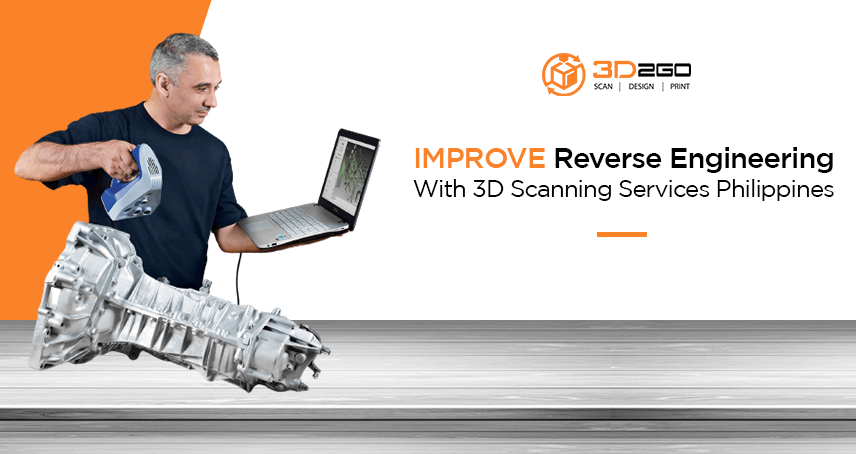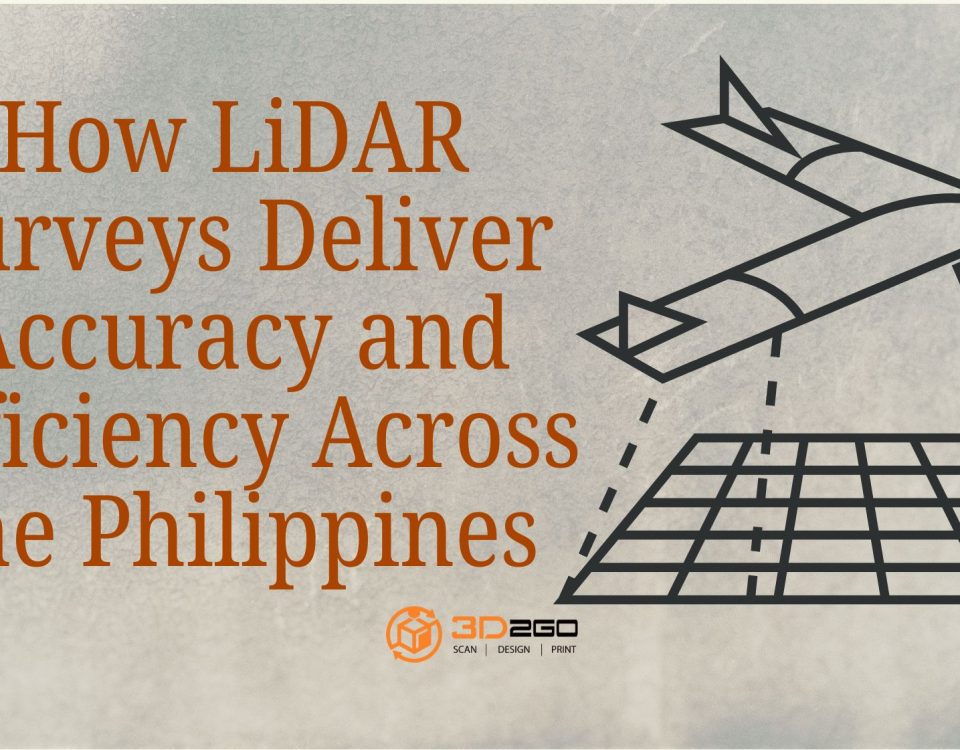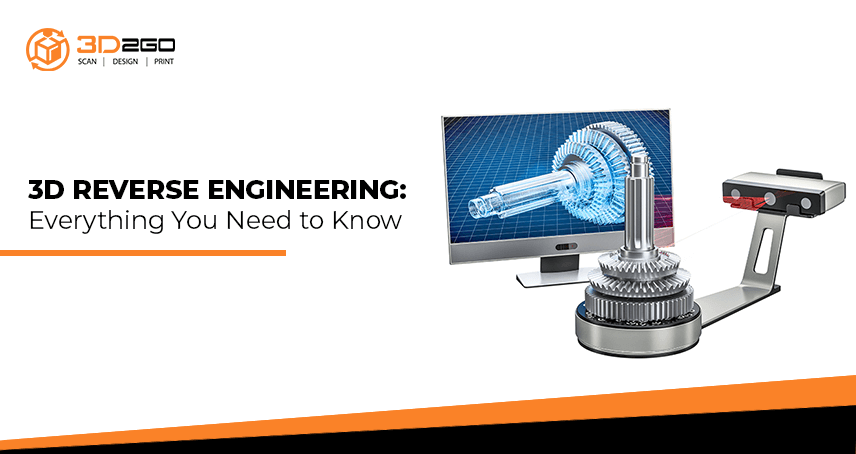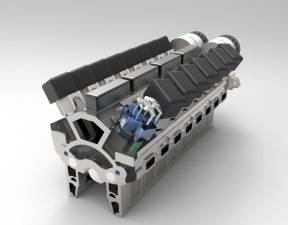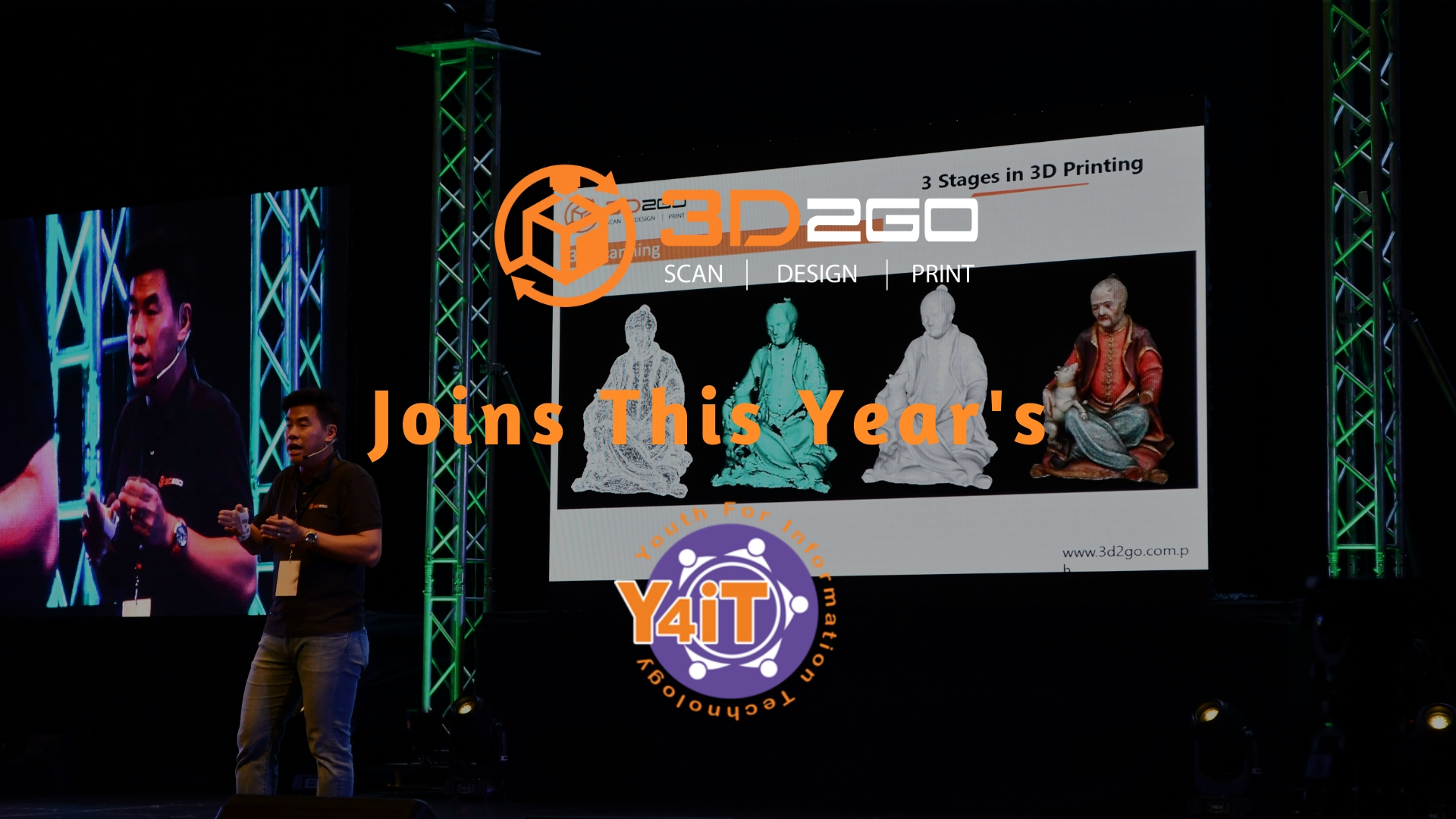
3D2GO President Imparts Knowledge On 3D Printing In Info Tech Event
June 27, 2022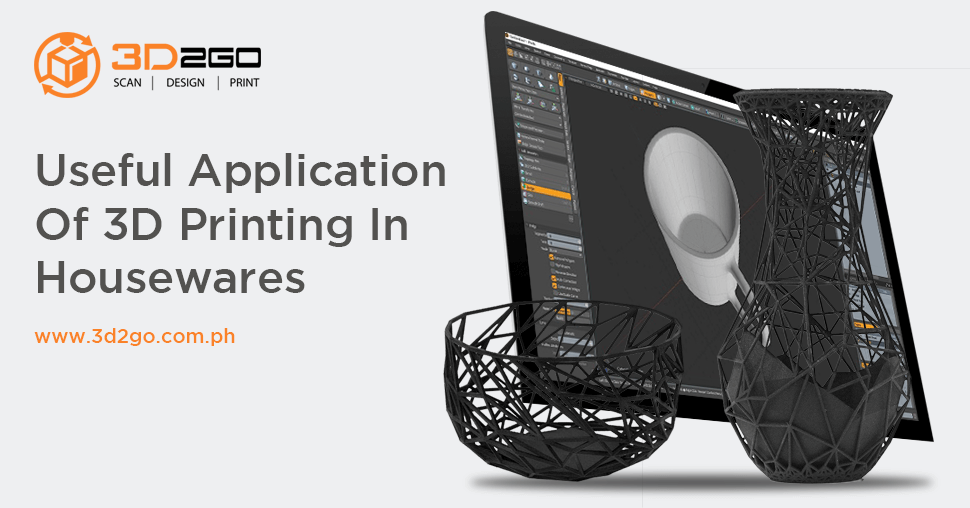
Useful Application Of 3D Printing In Housewares
June 27, 2022Utilize 3D scanning services Philippines for your reverse engineering efforts
3D scanning services Philippines can complement your 3D printing techniques. A 3D scanner for 3D printer creates a 3D model from a physical object. Not to mention, 3D scanning services are also useful for your reverse engineering requirements.
You can get 3D scanning services to capture a physical object and convert it into a digital copy. However, there are a lot of 3D scanners available in the market but there are types that are much better suited for 3D printers.
4 Categories of 3D Scanner for 3D Printer
There are four techniques used in 3D scanning services. Here are the following you should be aware of.
1. Laser Triangulation
This involves a laser beam onto the object you want to digitize. It measures the deformation of the ray in order to create the digital copy.
2. Contact Based
This uses several sampling points on a surface and measures its deformation using a probe.
3. Structured Light
This uses a light beam to shine onto the object. It measures the light pattern’s deformation on the surface of the object.
4. Photogrammetry
This reconstructs 2D captures using computational geometry.
Utilize Reverse Engineering Methods With 3D Scanning Services Philippines
A 3D scanner does not automatically generate a CAD model as its output. Its output is in the form of polygons or point clouds with file formats of .stl, .obj, .ply or others.
Thus in order to generate a parametric or nonparametric CAD file for your 3D scanner, you need to use reverse engineering techniques. These are the following:
Auto-surfacing
This uses software tools for automatic recognition of complex surfaces. Using this, it builds triangular surfaces of the mesh. This is quite popular for a lot of applications as it is easy to perform either automatically or semi-automatically by reverse engineering software.
Its cons however is the result is not an exact copy of the object. It is a perfect technique when you deal with an object geometry that is freeform. This with the likes of statues, friezes, and moldings.
CAD Entities Extraction
This involves extraction of mathematical entities from the mesh of regular surfaces such as cylinders, planes, cones, and spheres. This can recreate a consistent CAD model from the original project or whatever the designer originally planned.
This method is more reliable and effective than auto-surfacing as it can carry out a real redesign and retracing of the design intent. The quality of the output depends on the ability and skills of the operator.
The result of this method is useful for the following purposes. These are redesigning components, 3D printing of parts, and creating direct concrete-made 3D printed parts.
Total Reverse Engineering
This is the most effective technique but involves the use of advanced tools and software. This method combines mesh editing tools and advanced features of a 3D CAD software. Through this method, the mesh is optimized and you can work directly on it.
This way, you can work directly on the file just like the original designer would as all modeling tools are available. This requires particular skills as it can affect the quality of the output. This procedure enables you to reverse objects of any shape and even complex parts.
7 Tips When Choosing A 3D Scanner For 3D Printer
There are a lot of 3D scanners in the market everyday. Manufacturers are in a competitive race to launch new models, promising exceptional features every time. Thus for consumers like you, an endless option may be hard to choose the best for your projects.
We give you these comprehensive tips to ponder with when you choose a 3D scanner for 3D printer.
1. Accuracy
A 3D scanner has an average accuracy between 0.01 mm and 0.1 mm. This seems trivial for general consumers. However, this is one of the most important factors about 3D scanning services. Especially for its intended application.
Accuracy of a 3D scanner practically tells you how close the scanner virtual copy would be to the physical object. For industrial scanning, precision is critical, that’s why you have to pick a 3D scanner with high accuracy.
2. Resolution
This is about the least possible distance between 2 points within a 3D model expressed in microns. A 3D scanner with high-resolution can create highly detailed 3D models. Resulting models would be useful for reverse-engineering, quality control, animation, jewelry, forensics and even heritage preservation.
If you want a high resolution 3D scanner, you have to make sure that your 3D printer can handle such high-resolution models. You must invest in a 3D printer that is compatible with it.
3. Speed
3D scanners in the market differ in terms of speed. A light 3D scanner can capture 2 million points per seconds of an object. While an advanced handheld 3D scanner can capture 4 million points in less than a second.
The speed of your 3D scanner and its ability to capture objects quickly can boost your productivity. This is helpful if you deal with projects that are large and costly and deadline-sensitive.
4. Ease of Use
Mid and upper-range 3D scanners are easier to use compared with entry-level and cheap scanners. That is why it is important to take this into consideration as ease of use can affect the outcome of your project.
3D scanning services use professional 3D scanners with automated features that do most of the job for you. Not to mention, it comes with a user-friendly and easy to learn software.
5. Portability
This mostly depends on your intended application. You have to factor in where you work to capture objects. For instance, a stationary 3D scanner is great if you work in a controlled environment and involves capturing of large objects.
If you work out in the field and want a practical solution, then you can choose a portable 3D scanner to capture hard to reach areas and to capture tricky angles effectively.
3D2GO Philippines Provides 3D Scanning Services
As a pioneer of anything related to 3D services in the country, we can provide the best 3D scanning services suitable for any of your projects. We also sell a 3D scanner for 3D printer if that’s what you need.
On top of that, 3D2GO Philippines provides the following services such as 3D printing, 3D scanning, 3D designing, 3D rapid prototyping and 3D reverse engineering.
Contact us today and avail any of our services suitable for your needs.


